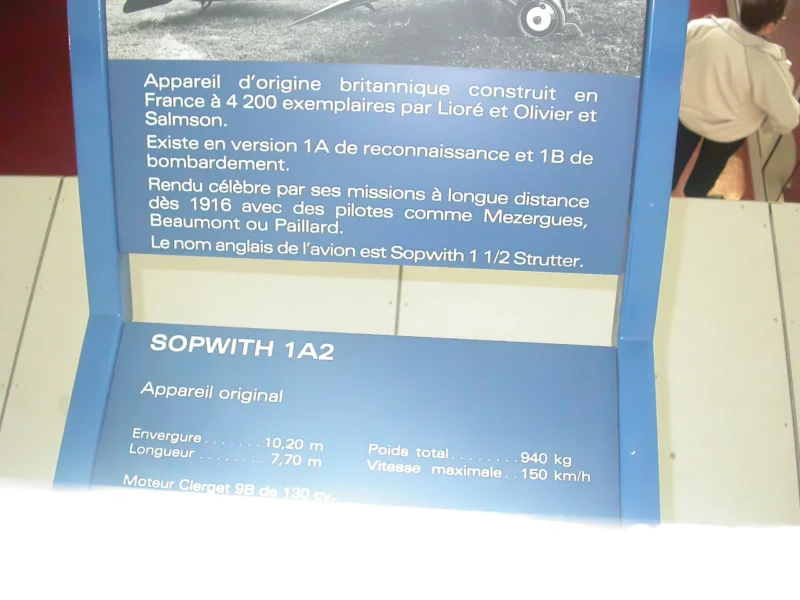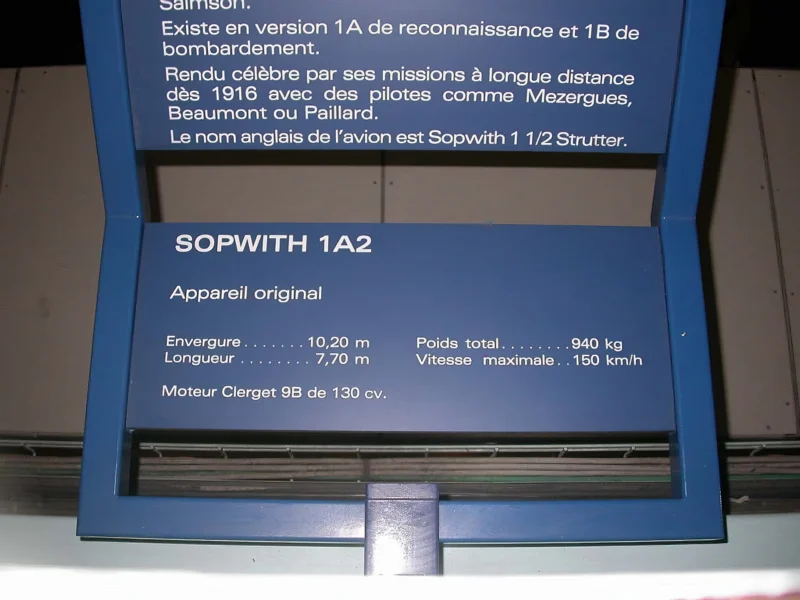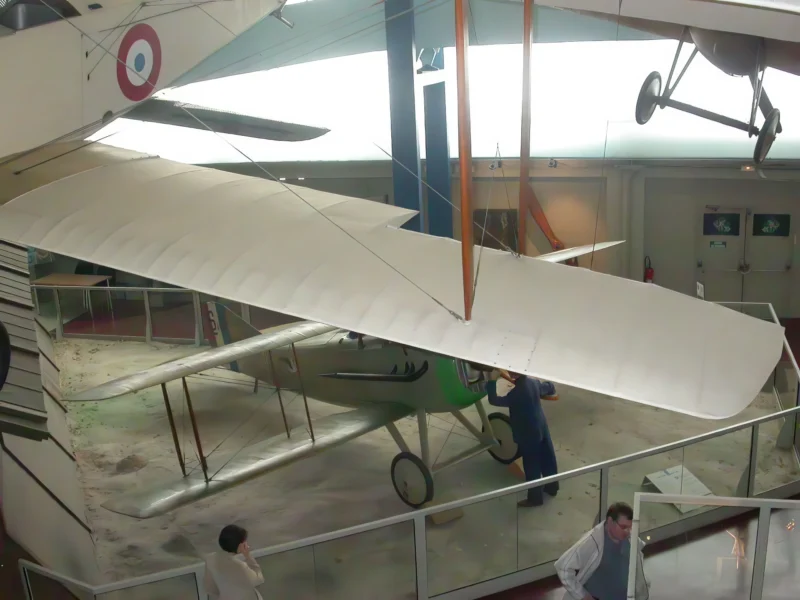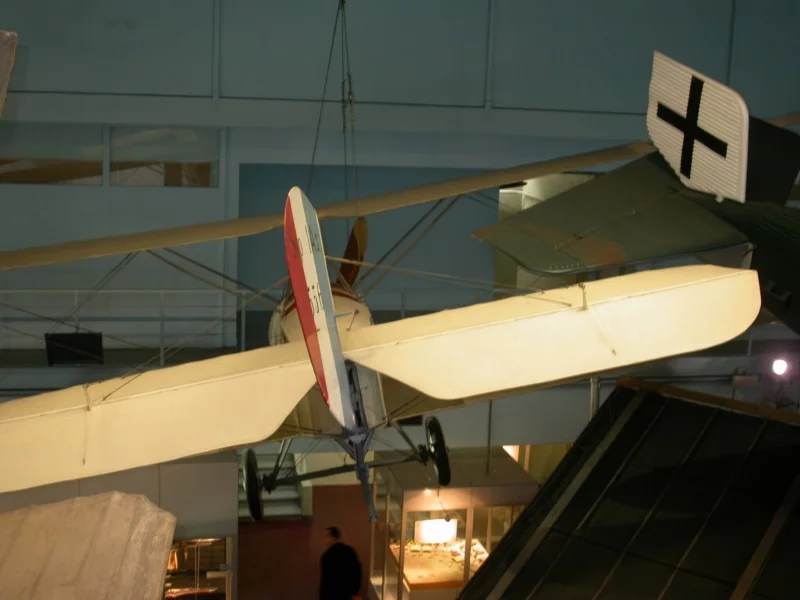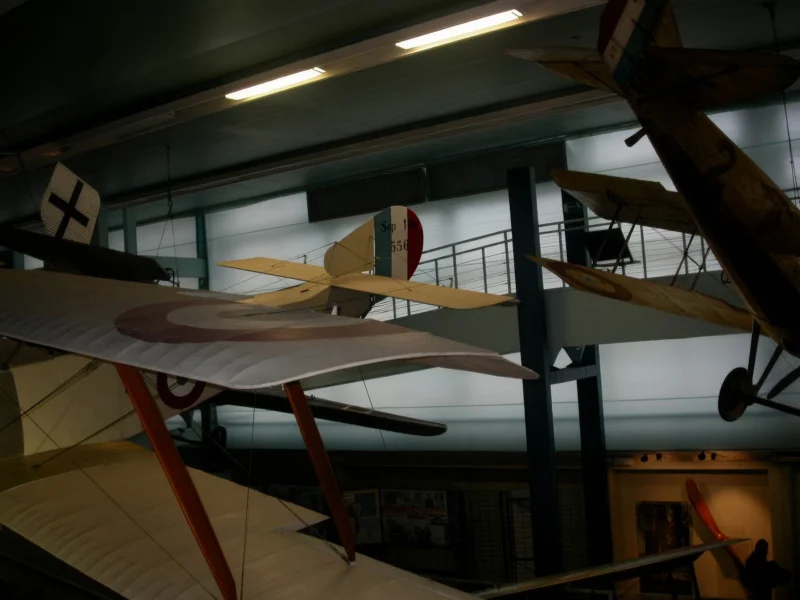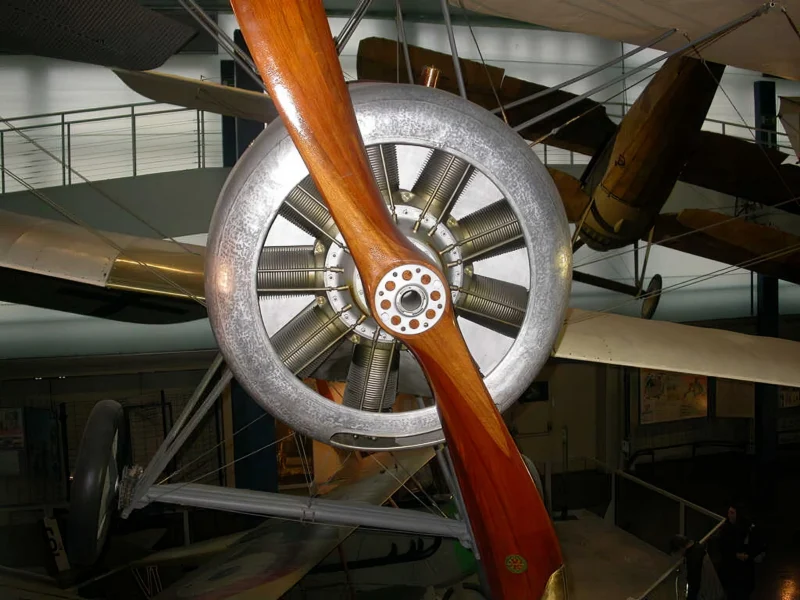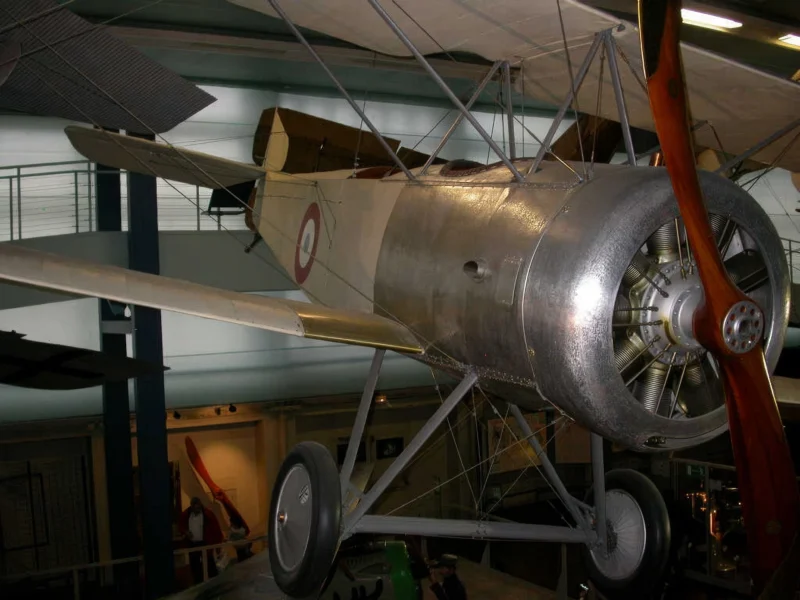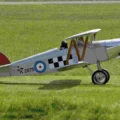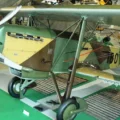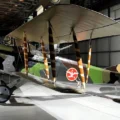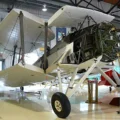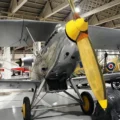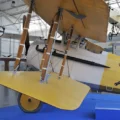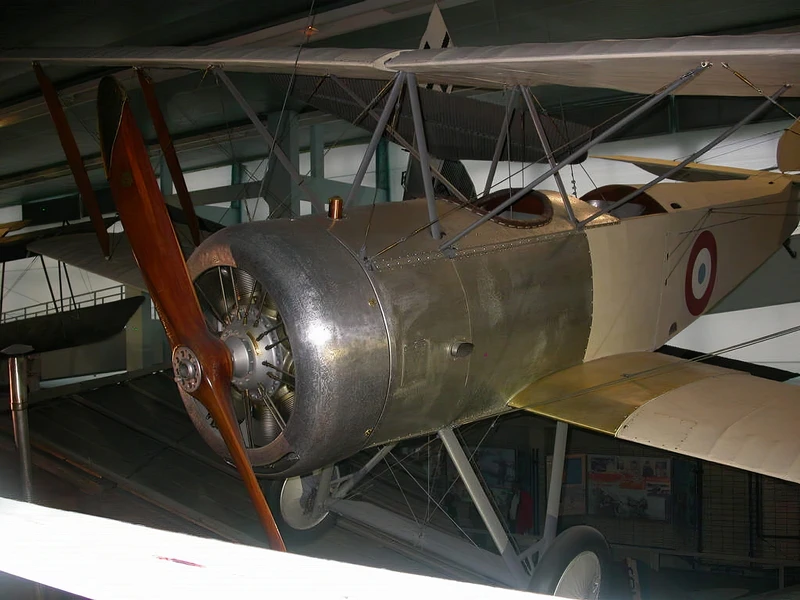
Sopwith 1½ Strutter | |
|---|---|
| Země | Uk |
| Roli | Dvouplošná letadla pro všeobecné účely |
| První let | Prosinec 1915 |
| Postaven | 4500 Francie & 1439 Velká Británie |
Tá Sopwith 1+1,2 Strutter byl britský jednomístný nebo dvoumístný víceúčelový dvouplošník z první světové války. Jednalo se o první britský dvoumístný tahač a první britský letoun, který vstoupil do služby se synchronizovaným kulometem. Dostal jméno 1+1⁄2 Strutter kvůli dlouhým a krátkým vzpěrám kabiny, které podpíraly horní křídlo. Typ byl provozován oběma britskými leteckými službami a byl v rozšířené, ale nevýrazné službě u francouzské Aéronautique Militaire.
| Sopwith 1A2 Strutter Walk Around | |
|---|---|
| Fotograf | Neznámé |
| Lokalizace | Neznámé |
| Fotografie | 21 |
Viz také:
General Characteristics
The Sopwith 1½ Strutter was a British single- or two-seat multi-role biplane used by the RFC and RNAS during World War I. It was highly significant as the first British aircraft to enter service with a synchronized machine gun firing through the propeller arc. It earned its unusual nickname, “1½ Strutter,” due to the configuration of the short and long cabane struts supporting the center section of the upper wing. The aircraft served in many roles, including fighter, reconnaissance, and bomber.
| Property | Typical Value (Two-Seater) |
|---|---|
| Official Designation (French) | Sopwith 1.A2 (Two-seat Reconnaissance) |
| Roli | Fighter, Reconnaissance, Light Bomber |
| Výrobce | Sopwith Aviation Company |
| First Service | April 1916 |
| No. Built | ~6,000 (Over 4,500 licensed built in France) |
| Posádky | 2 (Pilot and Observer/Gunner) or 1 (Bomber version) |
| Délka | 7.70 m (25 ft 3 in) |
| Rozpětí křídel | 10.21 m (33 ft 6 in) |
| Max Takeoff Weight | 975 kg (2,150 lb) |
Powerplant and Design
- Engine: One Clerget 9B 9-cylinder air-cooled rotary engine (or Clerget 9Z or Le Rhône 9J).
- Power Output: 97 kW (130 hp) (Clerget 9B).
- Maximum Speed: Up to 171 km/h (106 mph).
- Endurance: Up to 4.25 hours.
- Innovative Features: It was one of the first aircraft to feature a variable-incidence tailplane (adjustable in flight) and airbrakes on the lower wings to aid landing.
Armament and Service
- Pilot’s Armament: 1 x 7.7 mm (.303 in) fixed, forward-firing Vickers machine gun (synchronized).
- Observer’s Armament: 1 x 7.7 mm (.303 in) flexible Lewis machine gun mounted on a Scarff ring (a new, standardized mounting).
- Bomb Load (Two-Seater): Up to 60 kg (130 lb) of bombs on underwing racks.
- Bomber Variant: The single-seat bomber version (French designation 1.B1) eliminated the observer cockpit, allowing for a larger internal bomb bay or increased fuel capacity.
- Combat History: Highly effective upon its introduction in 1916, helping to end the “Fokker Scourge.” However, its stable design and low power made it increasingly vulnerable to newer German fighters like the Albatros during “Bloody April” 1917, after which it was largely relegated to training, home defense, and shipboard duties.
Views : 1230
